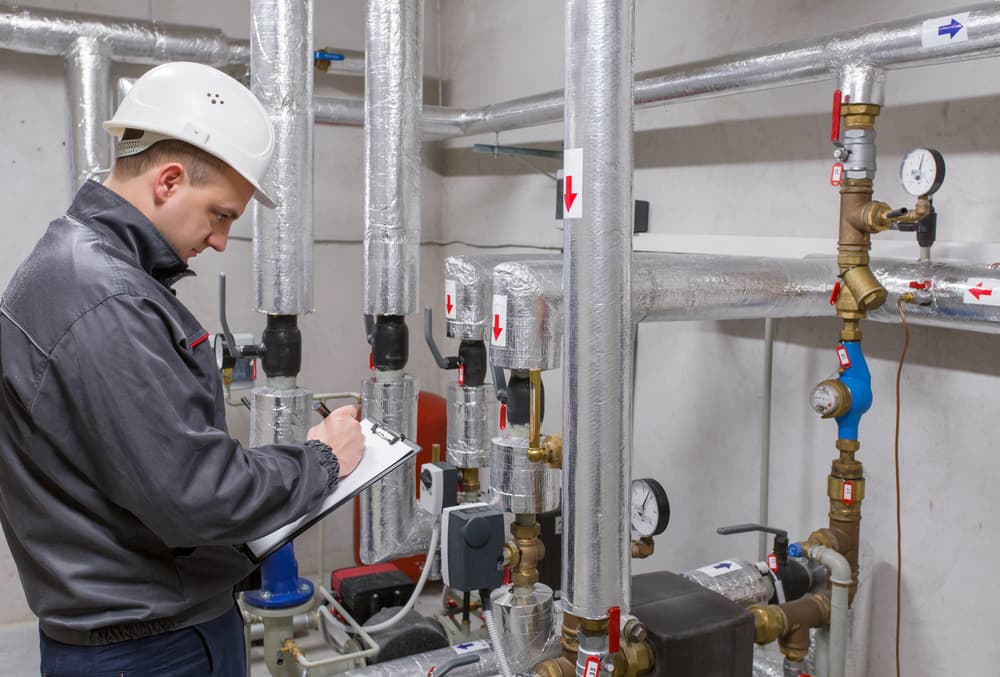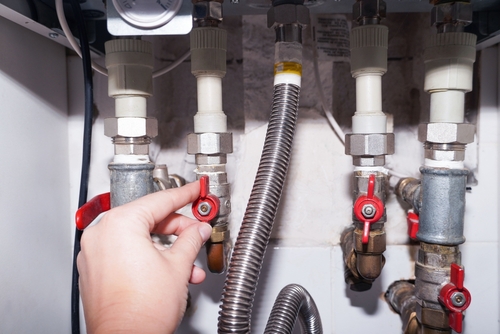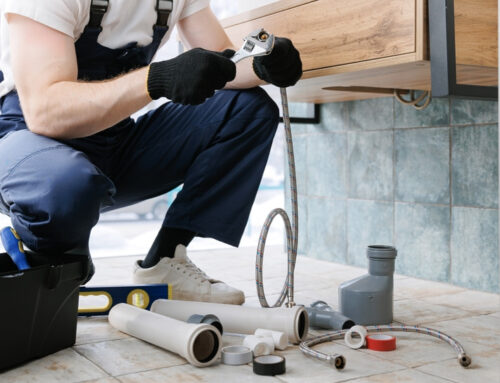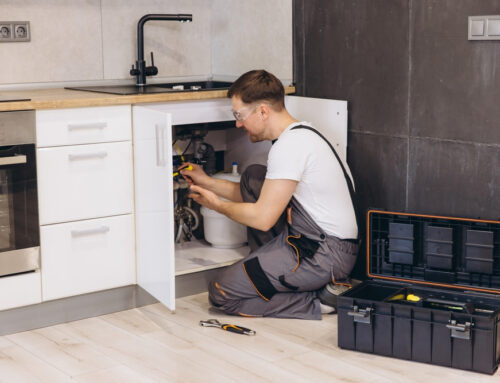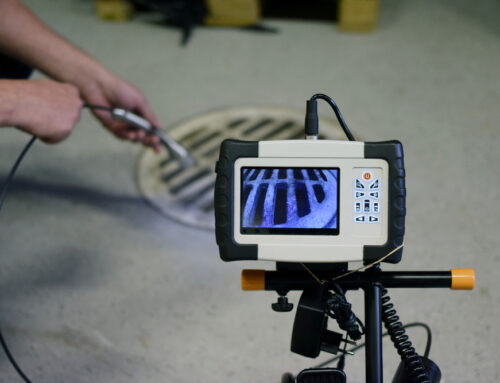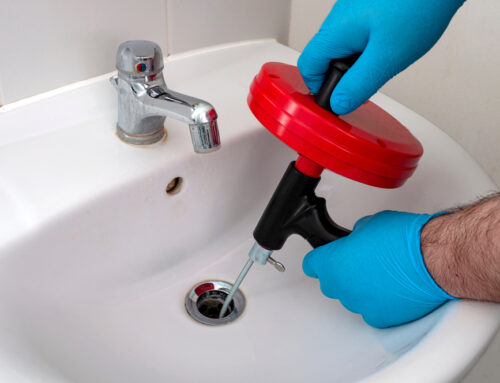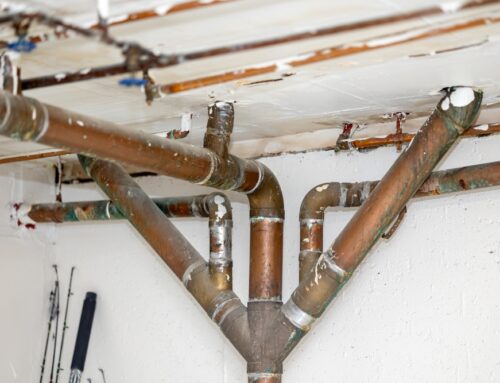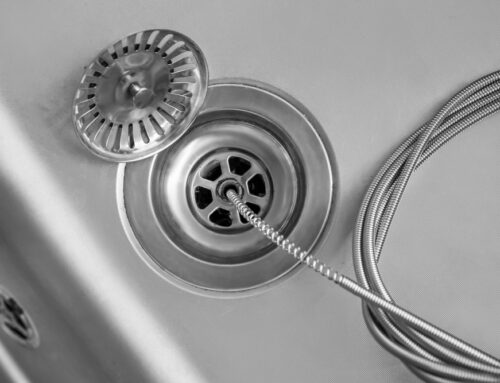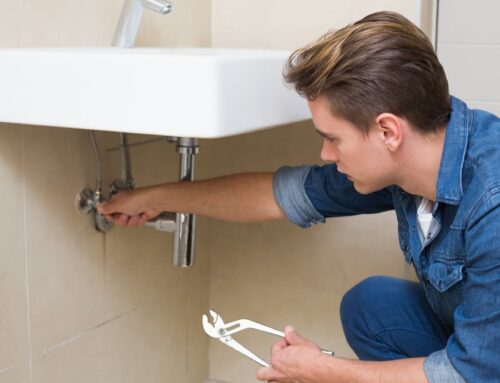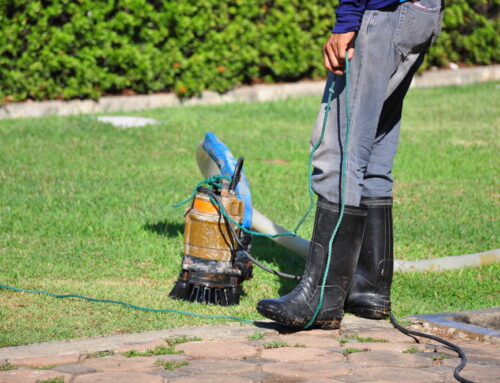Plumbing comes in different parts and components that make the system whole. From pipes, faucets, and drains, all the way to water meters and pressure regulators. Then, there are the fixtures and appliances: sinks, toilets, and washing machines. There are just so many things to keep track of, and some may even be easy to overlook.
This is where plumbing to-do checklists come in handy. With a clear understanding of the scope of your water network, any maintenance will be a swift and effortless process. With the help of some of San Ysidro’s best emergency plumbers, we have designed this guide to help you stay on top of essential maintenance. Let’s take a look!
How to write a maintenance checklist?
When it comes to plumbing systems, preventive maintenance shouldn’t be underestimated. With a little bit of organization and a list to keep track of your routine valve check, you can cover all the bases for year-round confidence in your plumbing.
Whether you rely on professional help from experts for a comprehensive plumbing inspection or take matters into your own hands, a good checklist will make sure you stay on top of any potential mishaps. Let’s dive deeper into the world of valves, faucets, and pipes, and how to make sure your maintenance covers everything it should.
Organizing the checklist
Before we get to the meat of things, there are a few key factors to keep in mind when you design your plumbing maintenance agenda.
- Purpose & scope: Decide whether it’s a routine checkup, seasonal maintenance, or dealing with a specific problem.
- Sections: Split your list into sections, such as water supply, drainage system, fixtures and faucets, water heating, or outdoor plumbing.
- Specific tasks: For each component, be as concise as you can and mark down valves and faucets. Your future self will thank you for being specific.
- Frequency: Some tasks can be done weekly, while others can be done annually.
- Record keeping: Leave space for completion notes, dates, and follow-up actions.
What to include
Here are the tasks that you should include in your comprehensive maintenance checklist to start with:
- Leak inspection: Take a look at all visible pipes, joints, and faucets for leaks and moisture. Especially under the sink, around fixtures, or other out-of-the-way spots.
- Water pressure: High water flow can damage your pipes and appliances. Slow water flow indicates a potential buildup or a leak somewhere. Check the pressure and keep it somewhere between 40-60 psi.
- Pipeline condition: Corrosion, rust, and damage on the pipes can be a sign of incoming troubles. Check if any old pipes may need replacement soon.
- Fixture and faucet check: Inspect your showerheads, toilet flush mechanisms, and other fixtures and faucets.
- Clean drains regularly: Preventive cleaning of your drains will ensure that no blockages build up. Check your sink, bathtub, and floor drains for slow flow.
- Outdoor plumbing: Inspect the outdoor water system and winterize it before freezing temperatures.
- Inspect shut-off valves: Check if your shut-off valves open and close properly. Keep an eye out for any leaks or corrosion.
- Water heater check: Flush the water heater tank to remove sediment and buildup, and check the anode rod for corrosion.
Where in San Ysidro can I find top emergency plumbers?
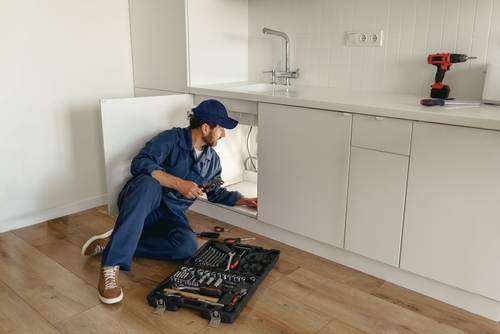
Whether you require regular maintenance or deal with a sudden emergency on your property, our response is swift, reliable, and above everything, professional. Our team is ready to tackle any repairs necessary and restore the optimal condition of your system. Don’t risk it, reach out today!

